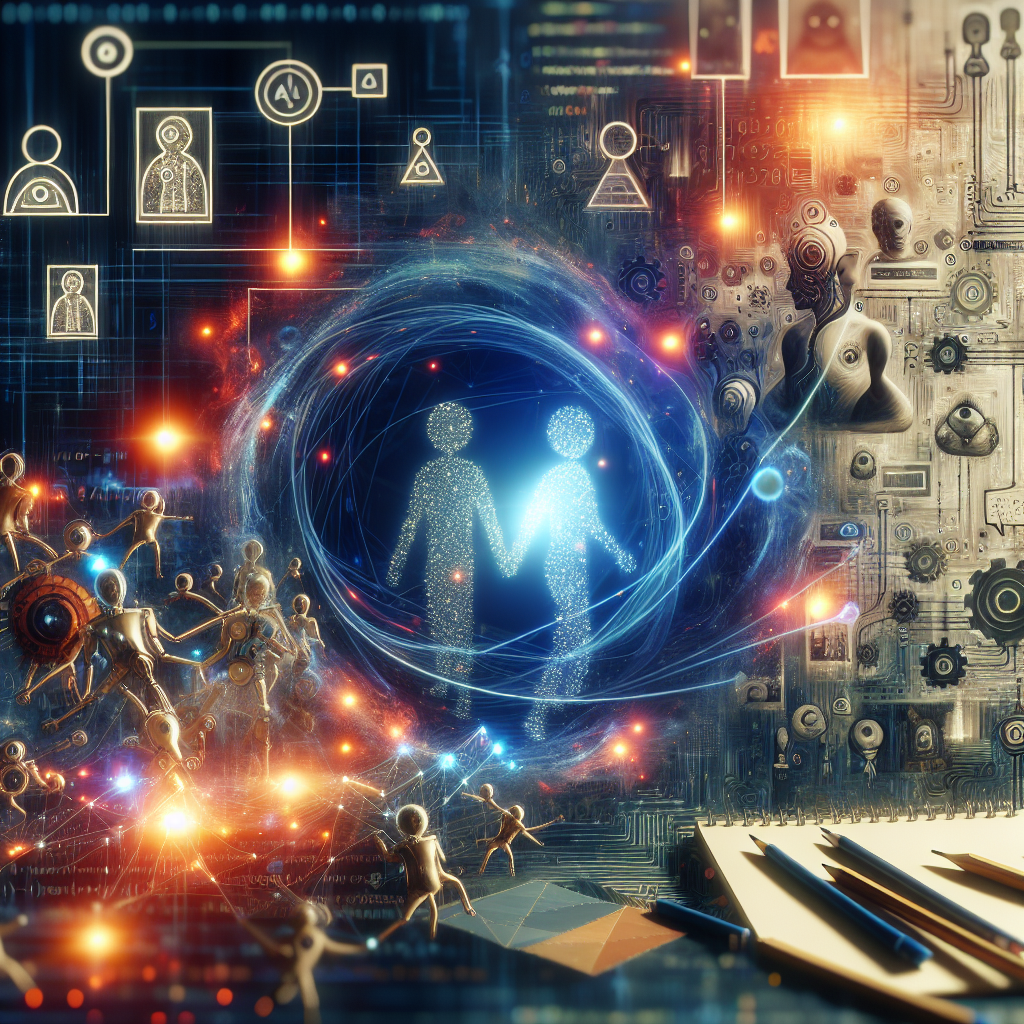
In a groundbreaking collaboration, Electronic Arts (EA) has officially joined forces with Stability AI, a company heralded for its innovative contributions to artificial intelligence, particularly its Stable Diffusion image generation model. This partnership marks a significant step towards harnessing the transformative power of AI within the realm of game development.
The primary objective of this alliance is to co-develop advanced AI models, tools, and workflows that empower creative teams throughout the game creation process. EA aims to enhance efficiency and productivity, allowing their artists to direct their attention toward more critical elements of game design. The emphasis on relieving the burden of repetitive tasks presents a significant opportunity for improving creativity in game development.
One of the initial focuses of the partnership is on the generation of Physically Based Rendering (PBR) materials. PBR technology is crucial in creating realistic textures for game assets, meaning players can expect visual enhancements in upcoming EA titles. This partnership suggests that a substantial portion of game content may soon be developed using AI-generated elements, revolutionizing traditional methods of asset creation.
Stability AI is not just limited to image creation; the company is also a pioneer in video, audio, and 3D generation technologies. While the specifics of the partnership’s implementation are still unfolding, EA has indicated that the AI-driven systems will aid in producing individual game assets as well as in the pre-visualization of complex 3D environments based on a series of prompts. This dual approach not only streamlines the workflow but also opens the door to a more immersive and creative process for developers.
However, the integration of AI in gaming is not without controversy. In the past, several instances where AI-generated content was identified in games or promotional materials elicited mixed reactions from the gaming community. Some gamers welcome the advancements and efficiency that AI brings, while others express concerns about the authenticity of creative expression and the potential devaluation of artistic work.
The implications of this partnership extend beyond just game design; they signal a transformation within the gaming industry. By leveraging AI, EA and Stability AI are likely to set new standards for content creation, propelling the industry towards unprecedented levels of innovation and efficiency.
This partnership arrives at a time when the gaming industry is increasingly embracing AI technologies across various sectors—from procedural content generation to sophisticated player behavior modeling. EA’s move aims to incorporate AI-driven solutions into their development framework, enabling creative professionals to explore new avenues of storytelling and interactive experiences.
Moreover, by focusing on pre-visualizing entire 3D environments, this collaboration may also serve to accelerate the prototyping phase of game development. Game developers can experiment with diverse narratives and aesthetics, pushing the boundaries of traditional design. This advancement not only enhances the creative scope but also expedites the overall timeline for game releases.
In conclusion, as EA and Stability AI embark on this transformative journey, the gaming community is left to ponder the long-term ramifications of AI integration in their favorite pastime. Will this lead to greater innovation and improved game quality, or will it detract from the human touch that is pivotal to video game design? The response to this collaboration will become evident in the upcoming releases from EA, potentially reshaping the gaming landscape as we know it.

Leave a Reply